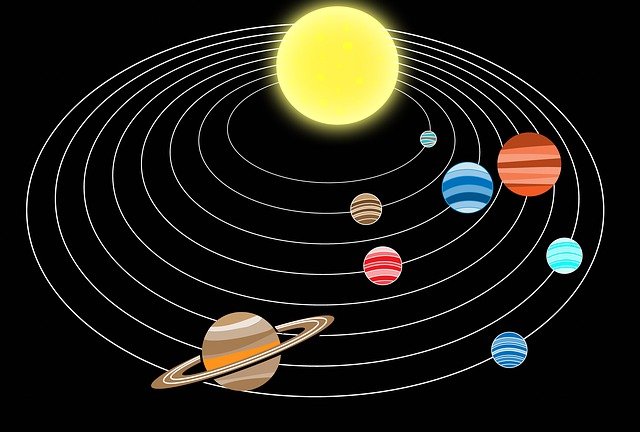Top 7 biggest Space Discoveries

1. Kepler - 90 Kepler-90 is a G-type main sequence star just like our Sun. This star is named 2 MASS JI857 4403 + 4918185. This name is too long for this star. G-type stars are also called yellow dwarf stars. Such stars process nuclear fusion by converting hydrogen into helium gas which produces energy. The Kepler-90 was discovered on December 14, 2017. Interestingly, it was discovered by NASA and Google. The data was analysed with the help of Google's machine learning method. It is also called Artificial Intelligence. The most important thing about the Kepler-90 star is that it has been confirmed to have 8 planets just like our solar system. This star exist in the constellation Draco at a distance of 2,840 light years from us. The number of star and planets in this star system corresponds exactly to our solar system, with the possibility that many of its planets may be in the habitable zone. The surface temperature of Kepler-90 is assumed to be 5,700 Kelvin. The surface ...


